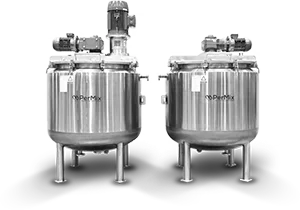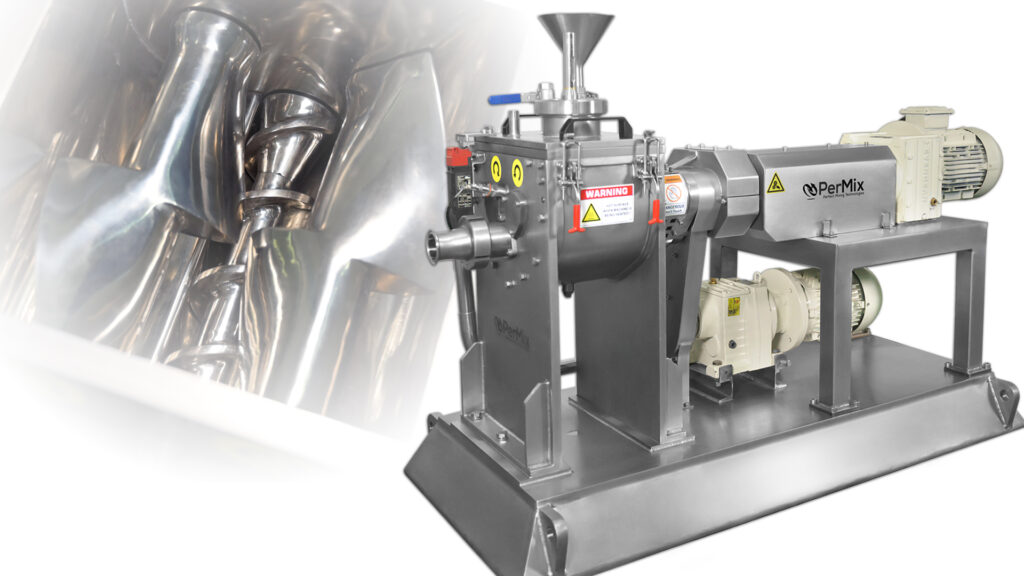Industrial Mixers
PerMix News & Updates



Exploring the Varied World of Industrial Mixers in Plastic Processing and Production
Introduction:
In the dynamic realm of plastic processing and production, industrial mixers play a pivotal role in shaping the characteristics of the final products. These machines are instrumental in blending, compounding, and homogenizing raw materials, contributing to the vast array of plastic items that surround us daily. From basic polymer resin mixing to the intricate compounding of additives and colorants, different types of industrial mixers are key players in achieving the desired properties of the end plastic product.
Widely utilized in small to medium-scale productions, batch mixers facilitate precise control over the mixing process by combining all raw materials in a single batch. This type of mixer is particularly effective for ensuring the uniform distribution of colorants, additives, and fillers throughout the plastic matrix.
Designed for large-scale and continuous production processes, continuous mixers offer a constant flow of materials, ensuring a steady production stream. Commonly used in the production of high-volume plastic products with consistent properties, continuous mixers are ideal for compounding operations requiring the uniform dispersion of multiple additives.
For achieving a fine and uniform dispersion of additives and fillers, high shear mixers come into play. These mixers use high-speed rotating blades or impellers to create intense turbulence, breaking down agglomerates and ensuring a homogeneous blend. High shear mixers find applications in producing plastic compounds with enhanced mechanical properties.
In contrast, low shear mixers are designed for gentle mixing, making them suitable for heat-sensitive materials. Commonly used in applications like PVC production, where minimizing shear forces is crucial to maintaining the polymer structure’s integrity, these mixers provide the necessary control over the mixing process.
Utilizing a planetary motion to rotate the mixing elements, planetary mixers ensure thorough blending of materials. Versatile and capable of handling a wide range of viscosities, these mixers find applications in the production of specialty plastics and processes demanding precise control over mixing.
Specifically designed for rubber and plastic compounding, Banbury mixers feature an internal rotor and chamber configuration, offering excellent dispersion of additives and uniform heating. They are commonly employed in the production of rubber compounds and certain thermoplastic materials.
Sigma mixers, also known as double-arm kneaders, are particularly efficient in handling high-viscosity materials. These mixers use sigma-shaped blades rotating in a tangential manner to thoroughly knead and blend the materials. Sigma mixers find applications in the processing of high-viscosity polymers, rubber compounds, and adhesives.
Well-suited for the gentle mixing of free-flowing powders and granules, ribbon blenders are commonly used in the plastic industry for blending dry additives and powders with polymer resins. Versatile in handling various materials, ribbon blenders are instrumental in the initial stages of plastic processing.
Conclusion:
As technology continues to advance, industrial mixers evolve to meet the ever-changing demands of plastic processing and production. Each type of mixer brings unique capabilities to the table, contributing to the efficiency, precision, and quality of plastic manufacturing processes. The incorporation of sigma mixers further expands the toolkit available to manufacturers, providing specialized solutions for handling high-viscosity materials in the production of plastics and related compounds.
